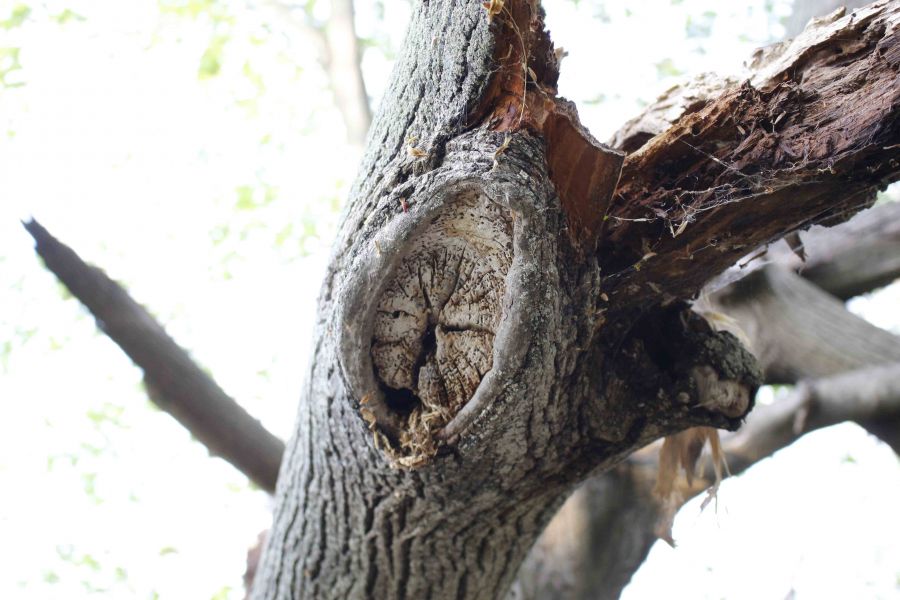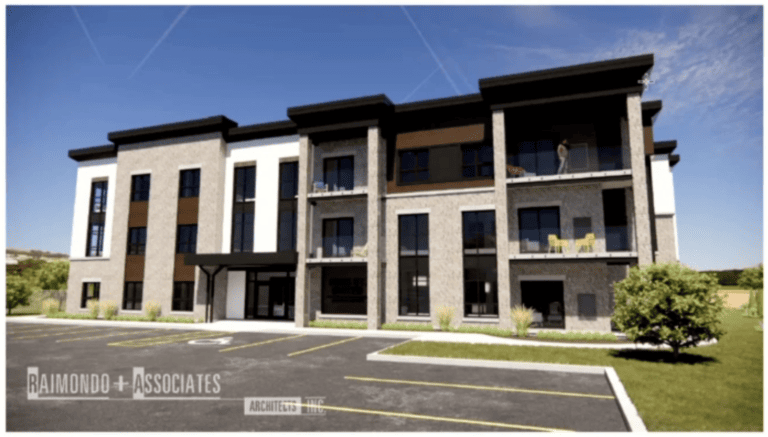As Niagara-on-the-Lake moves forward to protect trees in urban areas, with staff looking at tree bylaws in other municipalities to use as guidelines, there is a neighbourhood in town that already has a plan to save its tree canopy.
About two years ago Chautauqua residents Leslie Frankish and Holmes Hook decided that worrying about the decreasing tree canopy in their neighbourhood was not enough — what was required was action.
But first, they realized, in order to protect the canopy for generations to come, they needed to understand what exactly was already growing on their charming streets, in front yards and tall enough to see in backyards, and began to catalogue the trees of their neighbourhood.
After consulting an expert, and studying an industry-approved manual on tree inventories, they began recording details of tree species, their size and location, including those on public and private property — all from the side of the road, said Frankish.
It took more than a year, more than 550 volunteer hours, 6,889 photos, an 181-page spread sheet with details of each tree, and a map identifying the location of the 1502 trees making up Chautauqua's tree canopy to complete their inventory.
But numbers weren't the only important thing thing they learned — by looking at the ages of the trees, said Frankish, they were able to identify the layers of the canopy as it corresponded to the history of their neighbourhood.
And by studying recent changes and finding gaps in the canopy, they were also able to identify the threats to the continued existence of their oak savannah, she said, and to devise a plan to save it.
Their photos show early cottages and roads were built around the trees to preserve them, and smaller decorative trees and shrubs were planted beneath them. Even as larger, year-round houses were constructed and builders planted non-native trees and newer species that would mature in the home-owners' lifetime, the savannah oaks re-established themselves and endured, said Frankish.
However, in recent years the canopy has come under threat from age, disease or weather-related causes, and from the construction of new houses.
“It is inevitable that some trees will need to be removed for the footprint of larger homes. But more often than not the whole lot is cleared to make it easier for construction,” she said, adding it's conceivable that 400 trees will be gone in the next 10 years – more than one-quarter of the Chautauqua tree canopy – without a plan to replace them.
There is a plan now, and the work has begun — 82 trees, mostly oak, on just Wilberforce and Circle, have been planted, with support from the Town and from residents, and fundraising to purchase the trees, said Frankish.
“But it's just a start – there isn't a street in Chautauqua that doesn't require rejuvenation, some more than others.”
And while red and white oaks are important, the tree inventory has taught them there are other native trees to be replaced – hickory, sugar maple, white pine, white spruce and catalpa, among others.
They have established three goals of their rejuvenation project – a community tree plan, which identifies the right kind of tree for the right location, with support from the Town; community stewardship with buy-in from residents; and the Chautauqua Oak Rejuvenation Project, which will “rescue” seedlings from existing oak trees to be planted, again with support from the Town and residents.
The goal is to rejuvenate the canopy on all the streets of Chautauqua, and based on the response so far, Frankish says she is confident that many more residents will join the small group of neighbours now working on the rejuvenation of the canopy.
“The response has been magnificent,” she said. “We started this because we wanted to try to find what we could do to make a difference. This positive, it's forward-moving, respectful and inclusive. I think that's why the Town and residents have accepted it.”
The rejuvenation project is proceeding with just four volunteers – Frankish, Holmes, neighbour Ruth Denyerh who was so excited by the project she has become a “patron” and financial contributor, and Chris Earl, who has taken on some of the paperwork to help out.
The Town has also agreed to accept donations through its tree fund, so those who want to help out financially can receive a tax receipt, said Frankish.
Niagara College students have become involved as well, helping with the planting on private property, although the Town has chosen a contractor to do the work on municipal property.
People who enjoy their tree canopy tend to take for granted it will always be there, but without a plan to replant, it will gradually disappear, she said. “But it's not enough to plant a tree – it has to be the right tree and the right relationship to what's around it. That's why it's so important to identify what's there, before you start to plant.”
And what works for Chautauqua won't work for the Old Town, Virgil and other neighbourhoods, because their histories and canopies are different, said Frankish.
She was glad to hear the Town staff are beginning to draft a tree bylaw, and that a tree inventory will be part of it.
While some councillors are concerned about the expense and time to prepare the inventory, there are options to consider, said Frankish.
While some councillors are concerned about the expense and time to prepare the inventory, there are options to consider, said Frankish.
“An inventory of trees in of itself does not provide protection. But as a step towards developing a community tree plan for each distinctive area it is key in determining those qualities that need to be preserved and protected. To make the completion of an inventory more fiscally feasible an option could include, under the guidance of experts, teams of volunteers who want to preserve the tree canopy in their neighbourhood.
“There needs to be a plan to follow,” said Frankish. “Our historic tree canopies are disappearing not only because of trees lost but also because of trees being added that are not capable of recreating the existing canopy. It is not enough to just plant a tree. If our remarkable, distinctive landscapes are to be preserved … it must be the right tree. I cannot urge this point enough.”
Replanting, she said, “is a legacy project. We're benefiting from trees that were planted long ago. It is our turn to do the same for the future us.”










